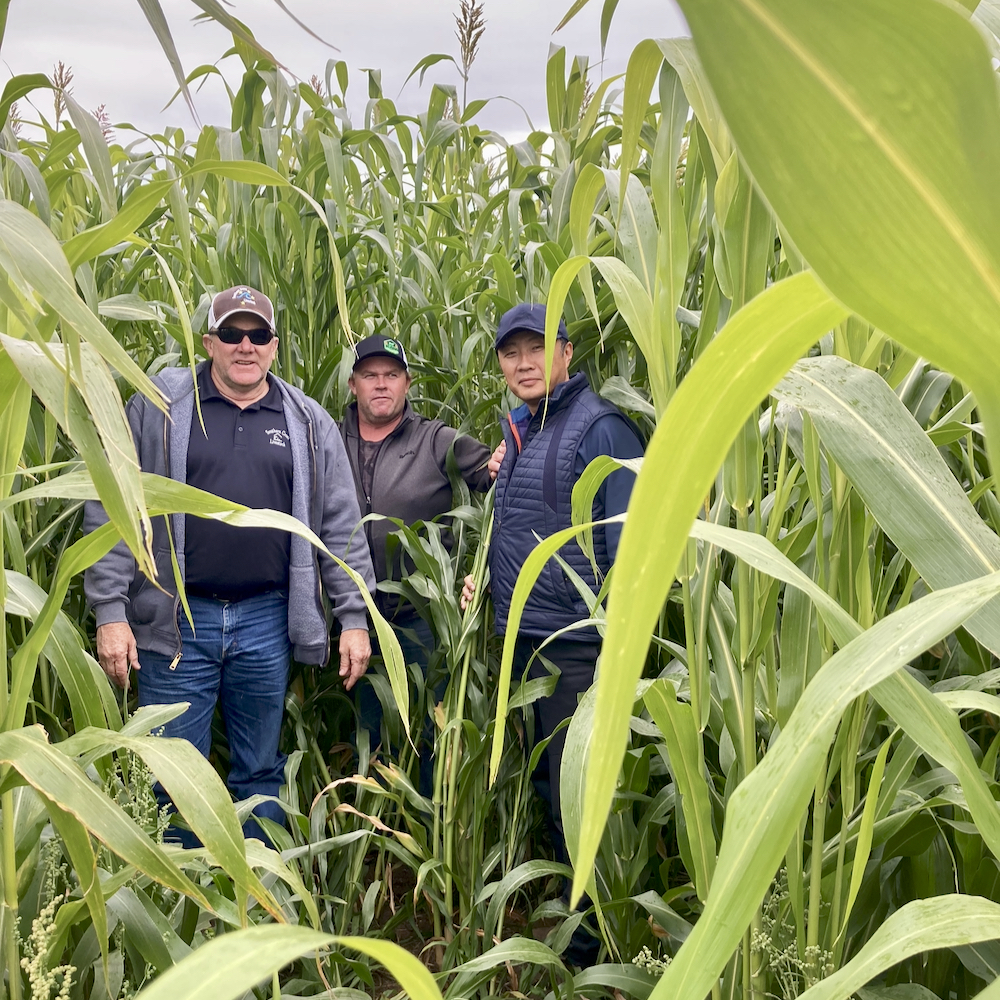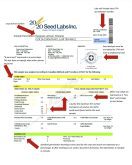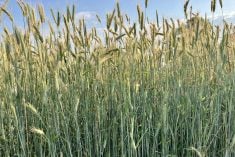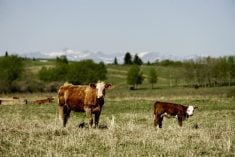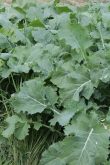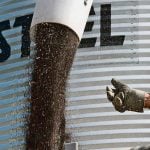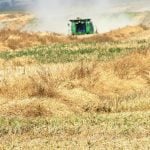When you think of Mongolia, you likely don’t think about how it may be similar to Canada.
Instead, you might think about its vast wilderness or mountain ranges that run into the frigid Gobi Desert. You may know of the traditional culture of Mongolian nomads or the history of the Mongol Empire.
Though there are many differences, there are notable similarities between Mongolia and Canada, such as the soil type, which is similar to parts of Alberta and Saskatchewan, and the climate, which is nearly identical.
Read Also
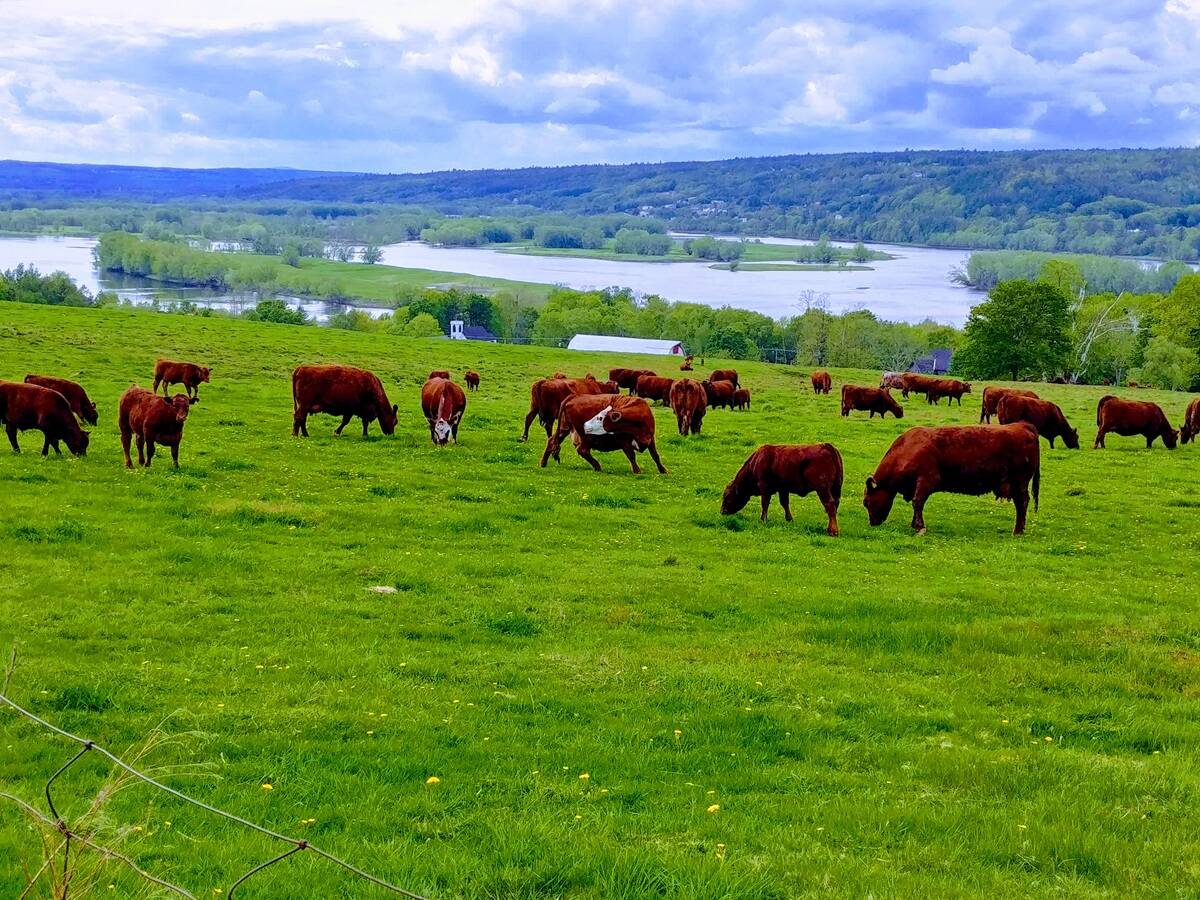
Canadian Forage and Grassland Association conference highlights forage innovation and collaboration
The event, held in New Brunswick, will look at how technology is reshaping grassland and forage management.
For agriculture, these similarities can lead to a lot of opportunity.
The Mongolian company Metagro is capitalizing on those parallels, hiring Canadian contractors who are experts in different forms of agriculture.
History
There’s a diverse landscape in Mongolia. In the north, the sprawling Khentii Mountains covered in green foliage reach to the Russian border, while the south is mostly grassland.
This is where Metagro began to build its operation. It started in 2021 with the goal of producing high-quality food in Mongolia, where people are more focused on food security, post-pandemic. According to the company’s website, assets include a feedlot, feed mill and abattoir.
“It’s unbelievable work. It’s so interesting. But there’s massive challenges to go with it too,” says Graeme Finn, who is consulting with Metagro.
Agriculture is a large part of the Mongolian economy. In 2016, the National Statistics Office reported the sector generated about 13 per cent of Mongolia’s GDP. However, compared to Canada they are years, if not decades, behind in technology and research.
Livestock producers are mostly small-scale herders who raise cattle, sheep, goats, horses and camels, totalling around 62 million head. Finn says of Mongolia’s 3.5 million people, 1.3 million are herdsmen.
Traditionally, Mongolia is a grazing and herding country — the grasslands have sustained nomadic people for generations. Animals are moved by nomadic herders, depending on the four seasons. During winter and spring, herds stay in one place to maintain their energy and condition, but in summer and fall they will move several times to find fresh vegetation so the animals can fatten.

Since the Soviet Union’s collapse, Mongolia has transitioned to a free-market economy which grew for years. Following COVID, the economy turned sluggish. The World Health Organization reports that out of the 3.6 million people, one in four experience moderate or severe levels of food insecurity. These events have led to a food revolution in Mongolia, with the goal of meeting domestic needs of many major food products in the next five years, becoming an exporting country and becoming free of animal diseases.
This is where Metagro comes into play. The company’s website states it is using guidance from international experts to ensure food safety and quality assurance on soil-conserving, no-tillage technology; smart arable farming and irrigation systems to guarantee high yield in forages, grain and grazing management; and that its feedlot “meets animal health, welfare and biosecurity standards to achieve premium grade marbling beef.”
Canadians such as Graeme Finn, Kelly Boles, along with others at Telus Agriculture, are working with Metagro to achieve those goals.
Challenges
Finn says Mongolia is ripe with opportunity.
“If I was 20 years younger, I wouldn’t be here in Canada. There’s huge opportunities over there.”
Finn is originally from Australia, but came to Canada in 1993 and has since lived near Madden, Alta. He, his wife Heather and two daughters run Southern Cross Livestock, where they work to graze their cattle year-round using as many sustainable practices as possible. Finn was also the founder of Union Forage before selling it to Millborn Seeds in 2024.
He now spends two weeks a quarter with Metagro in Mongolia.
“I’m looking after the forage, silage, livestock backgrounding, pasture improvement, perennials and annuals — just day-to-day things that we do on our farms here in Alberta or in Western Canada.”
Finn sees opportunity with the work in Mongolia but also many challenges, including the quality of the soil and the genetics of the cattle.

“This land had been over-farmed by the Soviets back in the day, and so that took a toll on the soil and the environment around it, and we’re trying to bring everything back to life.”
Finn says he’s trying to teach rotational grazing using electric fence and pasture management.
Finn says there is no Mongolian cattle breed or breed standard, so they are trying to implement breed standards used in Canada to improve the quality.
“That’s the biggest challenge is bringing the current practices of stockmanship, data collection, soil health, herd health and herd breeding.
“Then the pastures aren’t great, but we’re working on that as well. So that’s why they have come to Western Canada, looking for somebody to help.”
Another big challenge is the language barrier. While most of the managers speak English, the people who work in the fields and with the livestock primarily speak Mongolian, so Finn relies heavily on Google Translate.
Improving decision-making
Kelly Boles is an agronomist from Three Hills, Alta., and owner and president of Centre Field Solutions Ltd. He consults for Metagro on crop production and arable land.
Boles also says language is the biggest barrier he faces, but helping the workers make day-to-day decisions is also a challenge.
“It’s easy to take for granted things that come pretty naturally with some intuition and experience in agriculture, but a lot of people that are new into it, they don’t know that.
Opportunity
With the food revolution in Mongolia, learning and implementing sustainable and regenerative practices is important to Metagro.
Boles says he is excited about the future of agriculture there, including the commitment to sustainability.
“They’re looking to be sustainable, they’re looking to be profitable still, but also to maybe improve their genetics for their animals.”
Finn says though it will take a long time and some work before Mongolia’s agriculture industry grows, he sees big opportunities because it’s bordered by Russia and China.
“If they can get their products up to a high quality standard, they’ve got huge markets all around them. And their willingness to learn is huge because they know their potential. They just don’t know where they’re at now and where they can be in the future.”
Finn says things will take a few years, but he hopes good-quality forages become more common at Metagro, as well as more emphasis on genetics in their beef herd.
“We’re going to try and use (artificial insemination), and by using Hereford and Angus semen crossed with the dairy herds that are using Montbéliard milkers, this should work to build up the beef herd for them that can be high-quality beef.”
On the arable side, both Finn and Boles would like to see better varieties and a more consistent quality fertilizer and chemicals.
Sharing Canadian knowledge
Finn says that given the landscape in Mongolia, it’s only a matter of time before agriculture advances and the Canadian agriculture industry gets to play a role.
“If they have knowledge about the grasses and other things that they can do better in the landscape, I think that’ll just always improve. It’ll take a few years, but it’s going to improve. Somebody’s going to try something to share the knowledge.”
Finn is proud of Canada for being such a leader.
“And looking to what Canada does, we’re ahead of the game. We are respected in the industry around the world, and I know with the visiting I do with international people we have coming to our place, we’ve got some of the toughest standards to run cattle in with our winters, and we are still highly productive. And that’s what Mongolia is looking for.”
Finn says the researchers and producers in Canada continue to push the envelope and improve technology, practices and standards of the beef industry. He and Boles are passing their knowledge on to producers in Mongolia to help them get to the next level.
“They’ve seen Western Canada as a leader in sustainability. That’s satisfying that they’re looking to Canada.”


